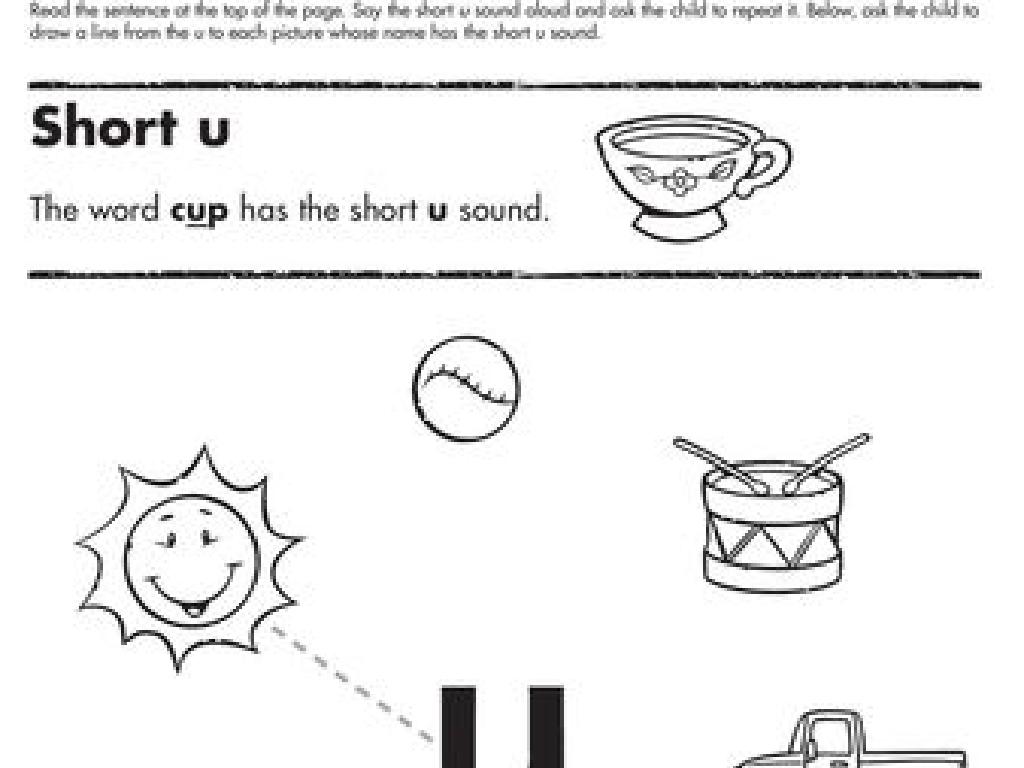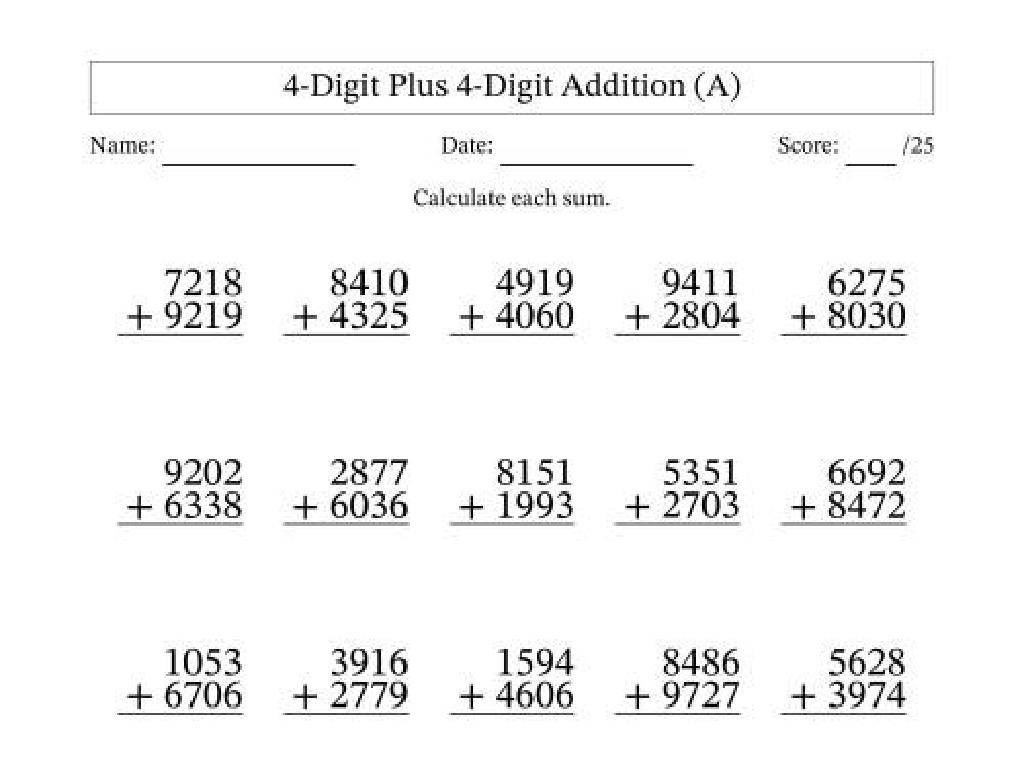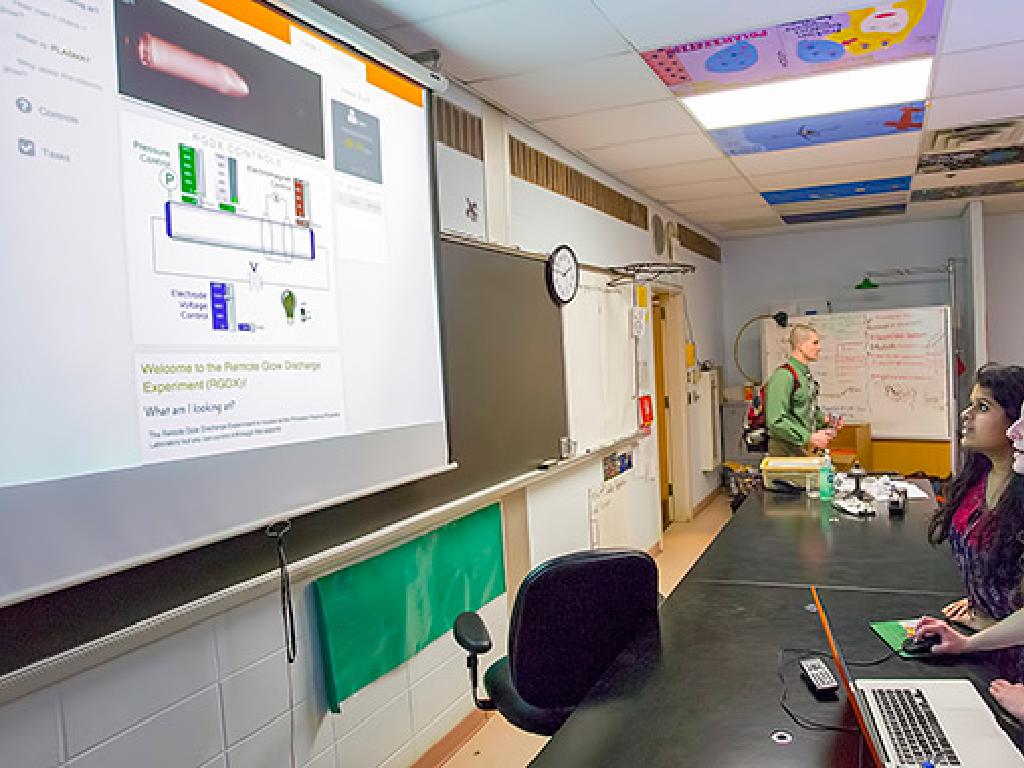Ap Us History Exam Skills And Strategies
Subject: Arts and humanities
Grade: High school
Topic: Ap /College Us History
Please LOG IN to download the presentation. Access is available to registered users only.
View More Content
Mastering the AP US History Exam
– Grasp the exam format
– Sections: multiple-choice, short-answer, DBQ, & long essay
– Develop key historical skills
– Critical thinking, analysis, and historical argumentation
– Learn strategic exam approaches
– Time management, question dissection, and answer outlining
– Set goals for today’s session
|
This slide introduces students to the structure and expectations of the AP US History exam. It’s crucial to familiarize them with the four sections of the exam: multiple-choice questions, short-answer questions, a document-based question (DBQ), and a long essay question. Emphasize the importance of key skills such as critical thinking, source analysis, and constructing a coherent historical argument. Discuss strategies for effectively managing time during the exam, breaking down complex questions, and planning answers before writing. Today’s session aims to equip students with these strategies and set specific learning goals to enhance their exam preparation.
AP US History Exam Overview
– Exam section breakdown
– Multiple Choice, Short Answer, DBQ (Document-Based Question), Long Essay
– Timing and scoring details
– Multiple Choice: 55 questions in 55 minutes, Short Answer: 40 minutes, DBQ: 60 minutes, Long Essay: 40 minutes
– Question types overview
– Analytical, fact recall, and opinion-based questions
– Strategies for success
|
This slide provides a comprehensive overview of the AP US History exam structure, including the different sections and their respective timing and scoring. It’s crucial to familiarize students with the format: Multiple Choice questions test knowledge and reading skills; Short Answer assesses comprehension and brevity; DBQ evaluates analysis of historical documents; and the Long Essay examines depth of knowledge and argumentation. Discuss the types of questions and offer strategies such as time management, understanding the rubric, and practicing writing skills. Encourage students to practice each section type and to develop a study plan that includes reviewing content, practicing skills, and taking practice exams.
Mastering Multiple Choice Questions in AP US History
– Strategies for MCQs
– Read all options, eliminate wrong answers, and choose the best remaining option.
– Analyzing sources
– Distinguish between primary & secondary sources and their relevance to the question.
– Practice question example
– Walk through a sample question to demonstrate the application of strategies.
– Tips for effective answering
– Time management, reading questions carefully, and looking for keywords in the text.
|
This slide aims to equip students with strategies to tackle multiple choice questions effectively. Start by discussing general strategies for answering MCQs, such as the process of elimination and careful reading of all answer choices. Emphasize the importance of analyzing primary and secondary sources, as these are often the basis of questions in the AP US History exam. Provide a practice question and walk through it with the class, applying the strategies discussed. Finally, offer tips on time management and the importance of reading questions carefully. Encourage students to practice these skills with additional questions as homework.
Mastering Short Answer Questions in AP US History
– Structuring SAQ responses
– Begin with a clear thesis, followed by evidence-based analysis.
– Utilizing historical evidence
– Use specific examples to support your points, such as dates, events, or figures.
– Step-by-step SAQ example
– Analyze a sample SAQ to understand the approach and methodology.
– Crafting a strong argument
– Synthesize evidence to form a cohesive and persuasive argument.
|
This slide aims to equip students with the necessary skills to excel at Short Answer Questions (SAQs) on the AP US History exam. Emphasize the importance of a structured response that starts with a thesis statement and is followed by a paragraph of evidence-based analysis. Encourage the use of specific historical evidence, which includes dates, key events, and important figures, to substantiate their arguments. Walk through an example SAQ to demonstrate how to break down the question and construct a well-organized answer. Finally, discuss how to synthesize this information to craft a strong, argumentative conclusion. This slide should serve as a guide for students to practice and refine their SAQ writing skills.
Mastering the DBQ for AP US History
– Comprehend the DBQ Rubric
– Grasp the criteria for scoring and expectations
– Analyze documents effectively
– Examine author’s purpose, point of view, and context
– Develop a strong thesis
– Formulate a clear, argumentative thesis statement
– Engage in guided DBQ practice
– Apply skills with a practice DBQ, receive feedback
|
This slide aims to equip students with the necessary skills to tackle the Document-Based Question (DBQ) section of the AP US History exam. Begin by explaining the DBQ rubric, detailing the scoring guidelines and what examiners look for in high-scoring essays. Teach students how to analyze primary and secondary documents, focusing on the author’s purpose, point of view, and historical context. Guide them in crafting a thesis that is both argumentative and reflective of the documents’ content. Finally, provide a practice DBQ with guided analysis to allow students to apply what they’ve learned. Offer constructive feedback to help them improve their skills. Encourage students to practice these strategies regularly to build confidence and proficiency in handling DBQs.
Mastering the Long Essay Question (LEQ)
– Selecting the best prompt
– Analyze each prompt; choose one that aligns with your strengths and understanding.
– Crafting a compelling argument
– Develop a thesis that takes a clear, historical position.
– Techniques for LEQ writing
– Use historical evidence and reasoning to support your argument.
– Structuring your essay effectively
– Organize your essay with a clear introduction, body paragraphs, and conclusion.
|
This slide aims to equip students with strategies for tackling the Long Essay Question on the AP US History exam. Emphasize the importance of prompt selection and aligning it with their knowledge and confidence in the topic. Guide them in developing a thesis that not only answers the question but also demonstrates a nuanced understanding of the historical period. Discuss writing techniques that include the use of specific evidence, analysis, and a line of reasoning that supports their thesis. Stress the importance of essay structure, which should include an introduction that sets up the argument, body paragraphs that delve into specific evidence, and a conclusion that reinforces the thesis and main points. Encourage practice by writing multiple essays on different prompts to build confidence and skill.
Time Management Strategies for AP US History Exam
– Pacing across exam sections
– Divide time evenly and stick to a schedule for each section.
– Time allocation for tasks
– Dedicate specific time for reading prompts, planning answers, and essay writing.
– Timed question drill activity
– Simulate exam conditions with a series of timed questions.
– Importance of practice
|
This slide aims to equip students with effective time management strategies for the AP US History exam. Emphasize the importance of pacing to ensure that students allocate sufficient time to each section of the exam. Break down the exam into reading, planning, and writing phases, and suggest specific time frames for each. Introduce the timed question drill as a class activity to practice these skills. For the activity, provide a set of practice questions and simulate exam conditions by timing the students as they work through them. This will help students get accustomed to the pressure of the exam and improve their ability to manage time efficiently. Offer a variety of question types and encourage students to reflect on their pacing after the drill.
AP US History Exam: Study Strategies
– Recommended study materials
– Textbooks and guides endorsed by educators
– Utilize online question banks
– Platforms like Khan Academy, Quizlet offer practice questions
– Develop a personalized study plan
– Outline daily/weekly goals leading to the exam
– Consistent review and practice
– Regular revision solidifies knowledge and exam readiness
|
This slide aims to equip students with effective strategies for preparing for the AP US History exam. Highlight the importance of using recommended textbooks and study guides that align with the exam’s content. Encourage the use of online resources, such as Khan Academy and Quizlet, which provide valuable practice questions and quizzes. Stress the importance of creating a study plan that breaks down the curriculum into manageable sections, allowing for focused study sessions over time. Emphasize the need for consistent review and practice, which is crucial for retention and understanding of historical concepts and events. Remind students that disciplined preparation can significantly improve their performance on the exam.
Class Activity: AP US History Mock Exam
– Simulate a mini AP exam
– Practice in a timed setting
– Mimic real exam conditions to manage time effectively
– Discuss challenges faced
– Reflect on the difficulties encountered during the mock exam
– Share effective techniques
– Exchange strategies that can improve performance
|
This class activity is designed to prepare students for the AP US History exam by simulating a mini exam environment. Students will be given a section of a past AP exam to complete within a set time limit, mirroring the pressure and constraints of the actual test. After the simulation, students will engage in a group discussion to reflect on the challenges they faced and the strategies they applied. This activity aims to help students identify areas where they need improvement and to learn from each other’s experiences. Teachers should facilitate the discussion, ensuring that students share various techniques, such as time management, prioritization of questions, and methods for handling difficult prompts. Provide a list of potential strategies for students to consider, such as annotating documents, outlining essays before writing, and skipping questions to return to later if they are time-consuming.






